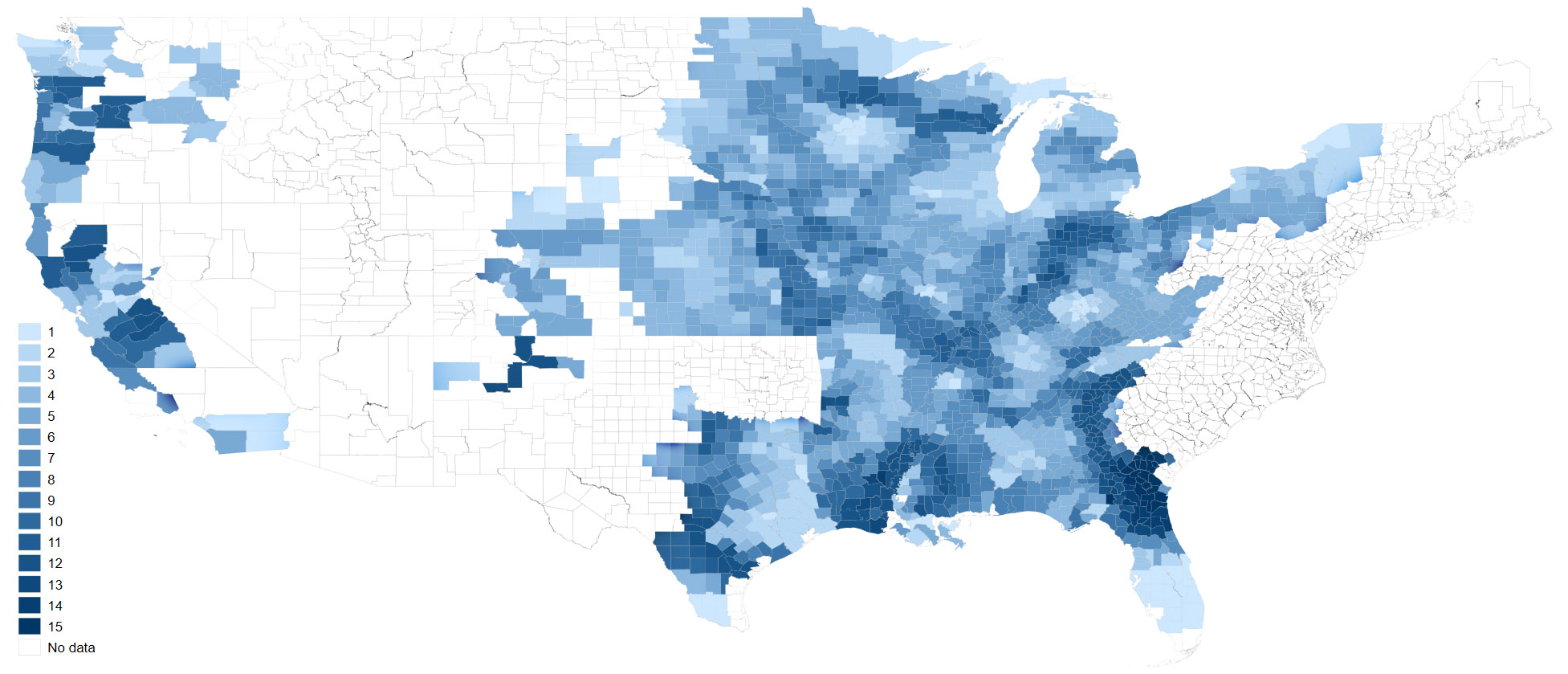
Researchers Explore Link Between American Individualism and Poor COVID-19 Response

The U.S. is only home to around 4% of the world’s population – but it’s also home to over a quarter of the confirmed coronavirus cases to date. As other countries bring COVID-19 cases to manageable numbers and cautiously implement reopening policies, many around the world are looking at the U.S. and asking: “what went wrong?” Now, a team from the University of Virginia (UVA) and the University of British Columbia has applied big data analytics to reveal a major source of this failure: a distinctly American brand of individualism.
The research team consisted of Jingjing Li (a professor of information technology at UVA), Natasha Zhang Foutz (a professor of marketing at UVA), Ting Xu (a professor of finance at UVA), and Bo Bian (a professor of finance at the University of British Columbia). Over the course of five weeks, this interdisciplinary team used nearly a hundred powerful computers to track American individualism and determine its significance as a predictive variable for COVID-19 response.
The researchers approximated individualism using a metric of each locality’s time spent on the American frontier between 1790 to 1890. Controlling for variables like political ideology, social capital, and population density, they then correlated individualism to social distancing compliance and COVID-19-related crowdfunding in those localities.

Number of years spent on the frontier by county (blue). Counties in white had no available data. Image courtesy of the researchers.
The results were staggering: the researchers found that higher individualism lessened lockdown compliance by 41% and reduced COVID-19-related fundraising by 48%.
“We were astounded by the large magnitude of those numbers, because they suggest that variations in individualism could account for almost half of a policy’s effectiveness,” Li said in an interview with UVA’s Caroline Newman.
The team understands that people might be hesitant to accept direct relationships between centuries-old data and modern-day attitudes, but they stress that culture moves slowly and, in the long term, does not rapidly shift. By way of example, they highlighted individual counties in Minnesota where the amount of time spent on the frontier was highly predictive, despite wide-ranging similarities in other regards.
“Culture is very persistent and slow to change, so initial conditions are critical in shaping modern individualism culture,” Li said. “This historically determined individualism measure makes sure that the causality runs from individualism to collective actions, rather than the other way around.”
This effect, they say, cannot be understated – and should be accounted for in public policy.
“Policymakers often rely on socioeconomic or demographic factors when making policy, but they often overlook the influence of culture,” Xu said. “Our study is the first to quantify the cultural influence, and it shows that we must account for variations in culture to fight COVID-19 effectively.”


























